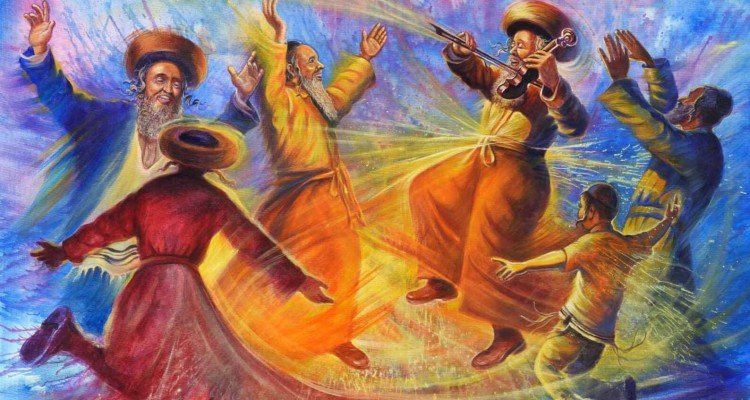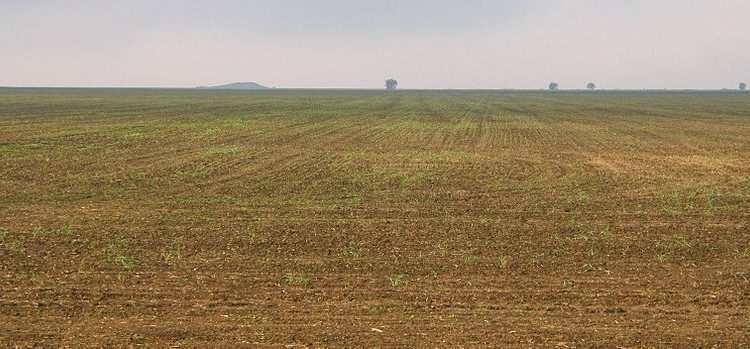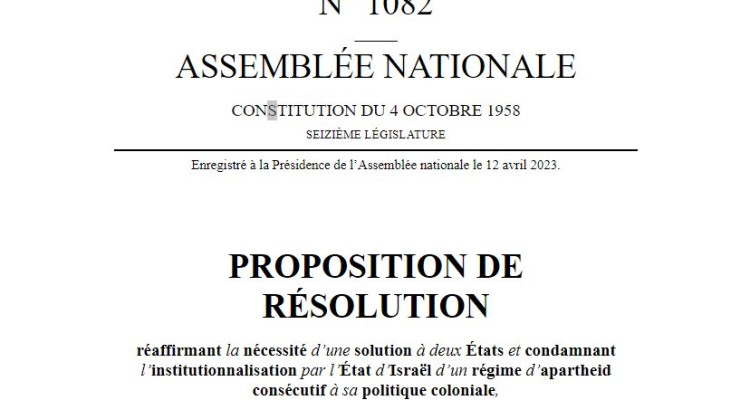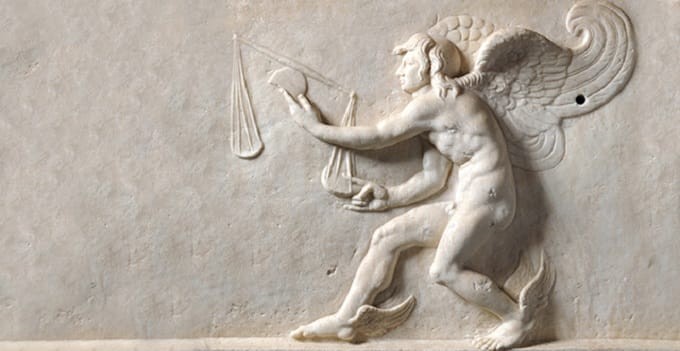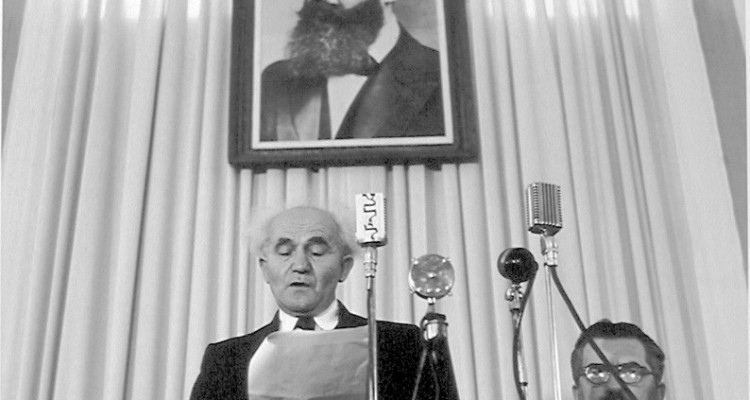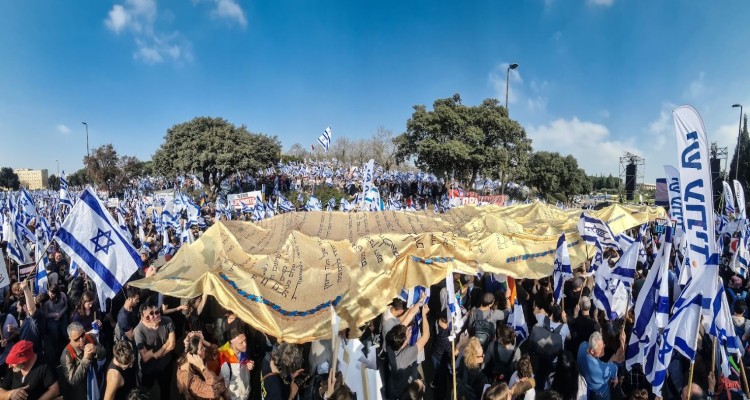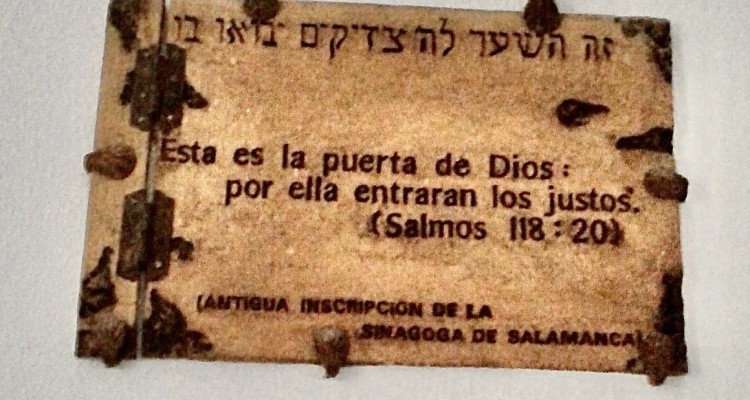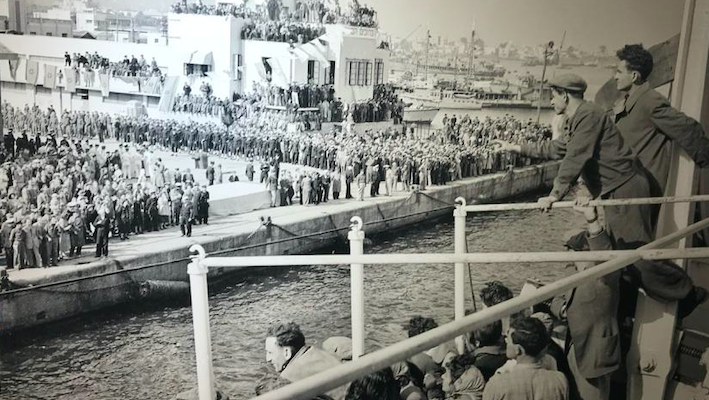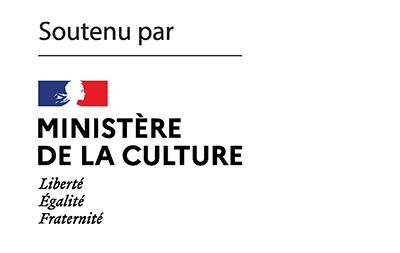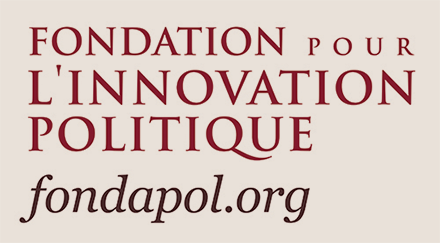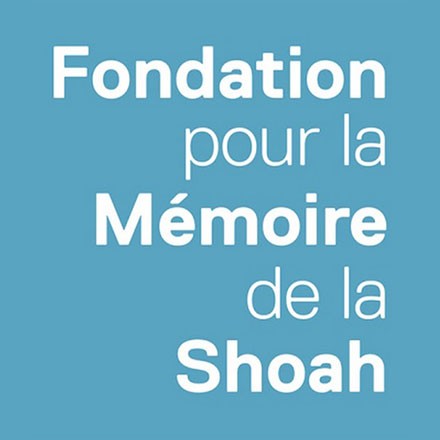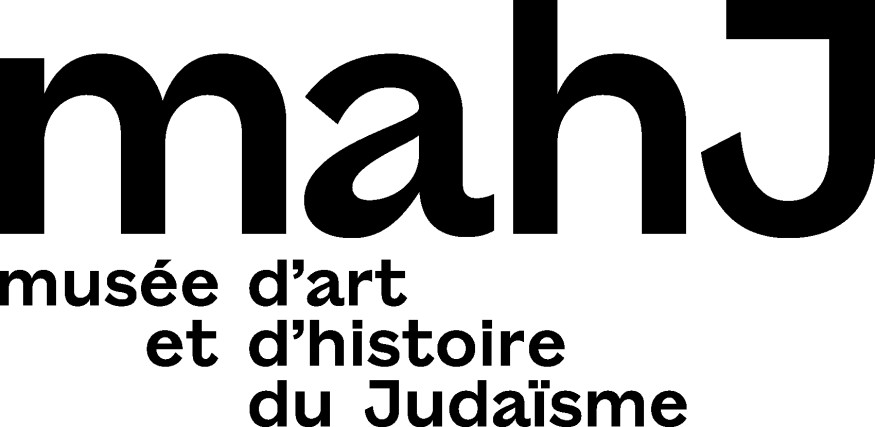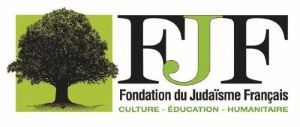Politics
Daniel Boyarin, Professor of History of Religions and a renowned specialist in Talmudic Culture and Ancient Judaism, has published this year The No-State Solution. A Jewish Manifesto [Yale University Press], which claims on its back cover to be a “provocative book”. “provocative book”. Danny Trom discusses the anti-Zionism and “diasporic nationalism” that Boyarin promotes.
Russia’s unbearable aggression against Ukraine is combined with the fact that the country under attack has a problematic relationship with its past, to say the least. The history of its national construction and its memory of the Shoah sometimes violate Jewish memory. Boris Czerny examines the place accorded to the Shoah in Ukraine, and asks what it means in the debate surrounding the country’s eventual integration into the European Union.
In France, a resolution tabled by Communist deputy Jean-Paul Lecoq to condemn “the institutionalization by the State of Israel of a regime of apartheid” was defended on Thursday May 4 in the French National Assembly, before being rejected. Bruno Karsenti reviews the text of this resolution and shows what the demon of apartheid brandished by the now hegemonic part of the French left is really for. He also shows how, while seeking to take advantage of the movement of opposition to the government that is currently taking place in Israel, the drafters of the resolution fail to understand its meaning and scope.
In the interview that documentary filmmaker Juliette Senik conducted for K. in the summer of 2022, Jose Rebeiro e Castro, the main initiator of the Law granting Portuguese nationality through naturalization to the descendants of Portuguese Sephardic Jews (often referred to as “the Law of Return”), the latter outlined his motives for doing so at that time. He also deplored the controversy caused by the alleged misuse of the Law of Return and the difficulties associated with the processing of an incredible number of applications. It appears that his fears were well founded since the law was frozen a few months later, at the end of a process described here by journalist Elie Petit.
The crisis in Israel and the struggle for democracy that it is manifesting, among Israelis as well as within the Diaspora, has at least the merit of bringing clarity to a situation that until then appeared paralyzed and paralyzing. It forces us to seize an opportunity to take up some fundamental questions that affect the future of Jews as a whole.
Confronted with the illiberal temptations of the Netanyahu government, how can we sort out the criticisms of Israel that aim to find a solution by recalling what was the main intention of this state and those that aim to destroy it ? And, in particular, how can the criticism from Jews in the Diaspora, especially from Europe, free itself from its inhibitions and fears of being misused in order to assert its singular position?
This text is a friendly but critical reaction to Danny Trom’s article – “Israel: Towards a rupture? – in K., which discussed the dramatic course of events in Israel since the last elections and, in particular, the plans of the new government to change key aspects of Israel’s regime and identity. In it, Israeli scholar of modern Jewish history Amos Morris-Reich emphasizes what he believes is difficult to see clearly from Europe: Benjamin Netanyahu’s active role in Israel’s crisis and the extreme fragility of the unity of its society.
A Scottish professor visits the ancient university of Salamanca and its historic library. In a secret room, containing a collection of books banned by the Inquisition, a Torah scroll is preciously preserved. Philip Schlesinger, himself a professor of Cultural Theory at the University of Glasgow, tells a story he heard and his protagonist’s quest to find the traces of the Spanish city’s Jewish past.
Examining the political situation that is inflaming Israel, Bruno Karsenti gives an account of the multiple fractures that deeply divide the populations living in the region. All the sub-groups in turmoil – religious Zionists, Israeli citizens demonstrating in defense of a modern democratic state now in danger, Palestinians in Israel and the occupied territories – are brought back to the same question, which touches on the feeling of belonging, which is felt in different ways. For although it is of equal intensity, it does not have the same content or the same meaning according to the perspectives involved. To belong or to possess? Sari Nusseibeh returns in this week’s issue of K. to the tension between these two words. Bruno Karsenti’s text reads like an introduction to the Palestinian philosopher’s contribution.
Join us
With the support of:
Thanks to the Paris office of the Heinrich Böll Foundation for their cooperation in the design of the magazine’s website.
